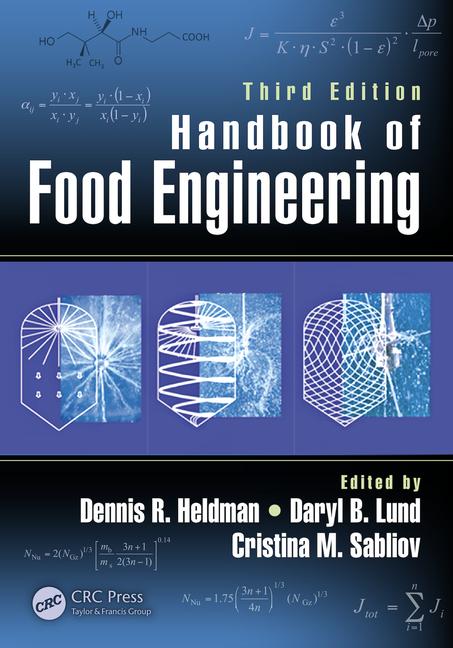
|
| A new extrusion process creates more nutritious puffed rice. |
Researchers at Cornell University’s Institute of Food Science have engineered a new extrusion process for puffed rice they say significantly increases levels of protein and other nutrients compared to traditional steam extrusion. The new method, which utilizes supercritical CO2 in the extrusion process, could be used to create more nutritious snacks and cereals for school lunch programs and other food-insecure populations.
Steam extrusion, the norm in commercial puffed rice, has the disadvantage of exposing the material to high temperatures. In this process, an extruder squeezes rice flour mixed with water through a narrow opening at high temperature and pressure. Upon exiting the nozzle, the rice puffs up as steam expands and escapes. Steam-based extrusion typically occurs at temperatures between 130°C and 180°C, damaging certain proteins, vitamins, flavors and bioactives.
The new supercritical CO2 extrusion method, called SQFX, yields good textural and nutritional qualities at temperatures around 100°C. Fortified puffed rice created using this process contains 8 percent fiber; 21.5 percent protein; and iron, zinc and Vitamins A and C at their recommended daily values in 100g of the product. SQFX also allows for the complete retention of all minerals, 55-58 percent retention of Vitamin A and 64-67 percent retention of Vitamin C. Amino acids including Lysine are also retained at exceptionally high levels, with no losses due to Maillard reaction or oxidation.
The researchers concluded supercritical CO2-based extrusion is an effective process-based approach to producing low-moisture, cereal grain-based expanded products with high levels of protein and other nutrients. Low-moisture extruded products are shelf stable for long periods of time and amenable to easy handling and storage at room temperature, which is particularly advantageous in food-insecure, low-income countries.
Read the full article here.




